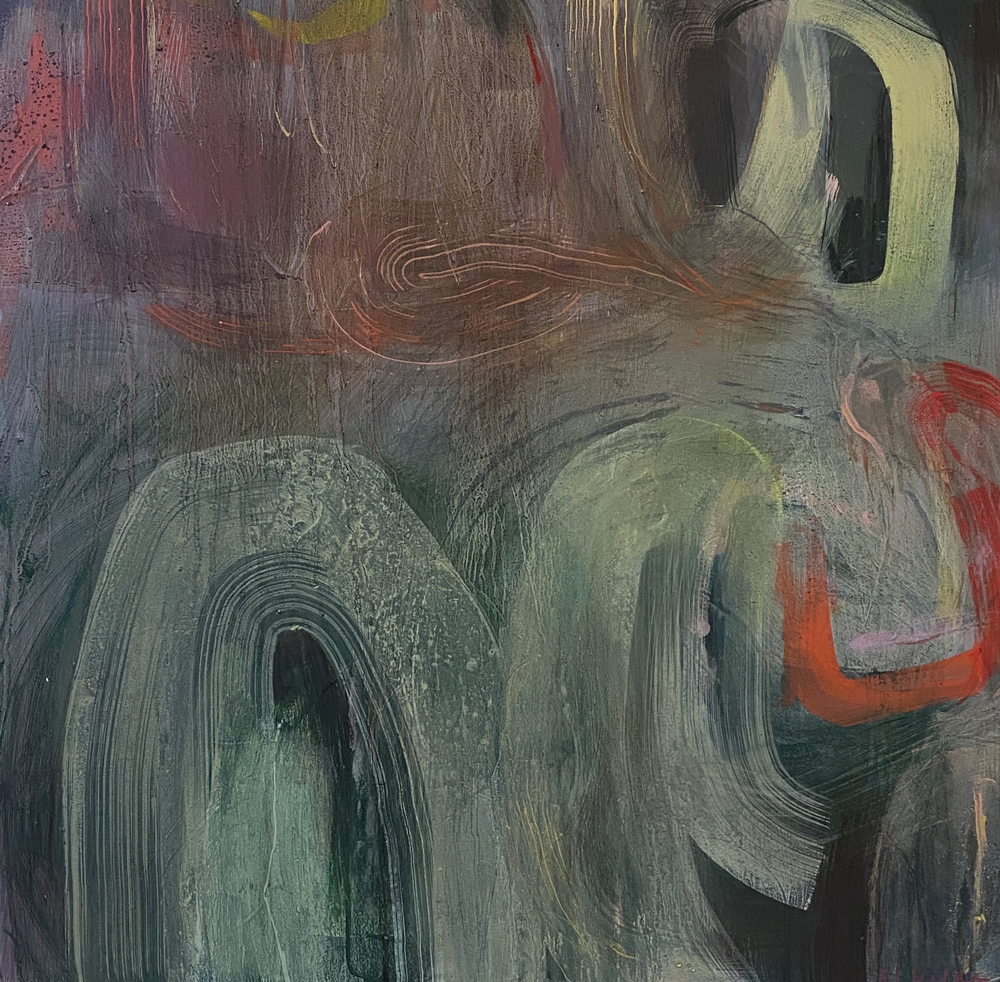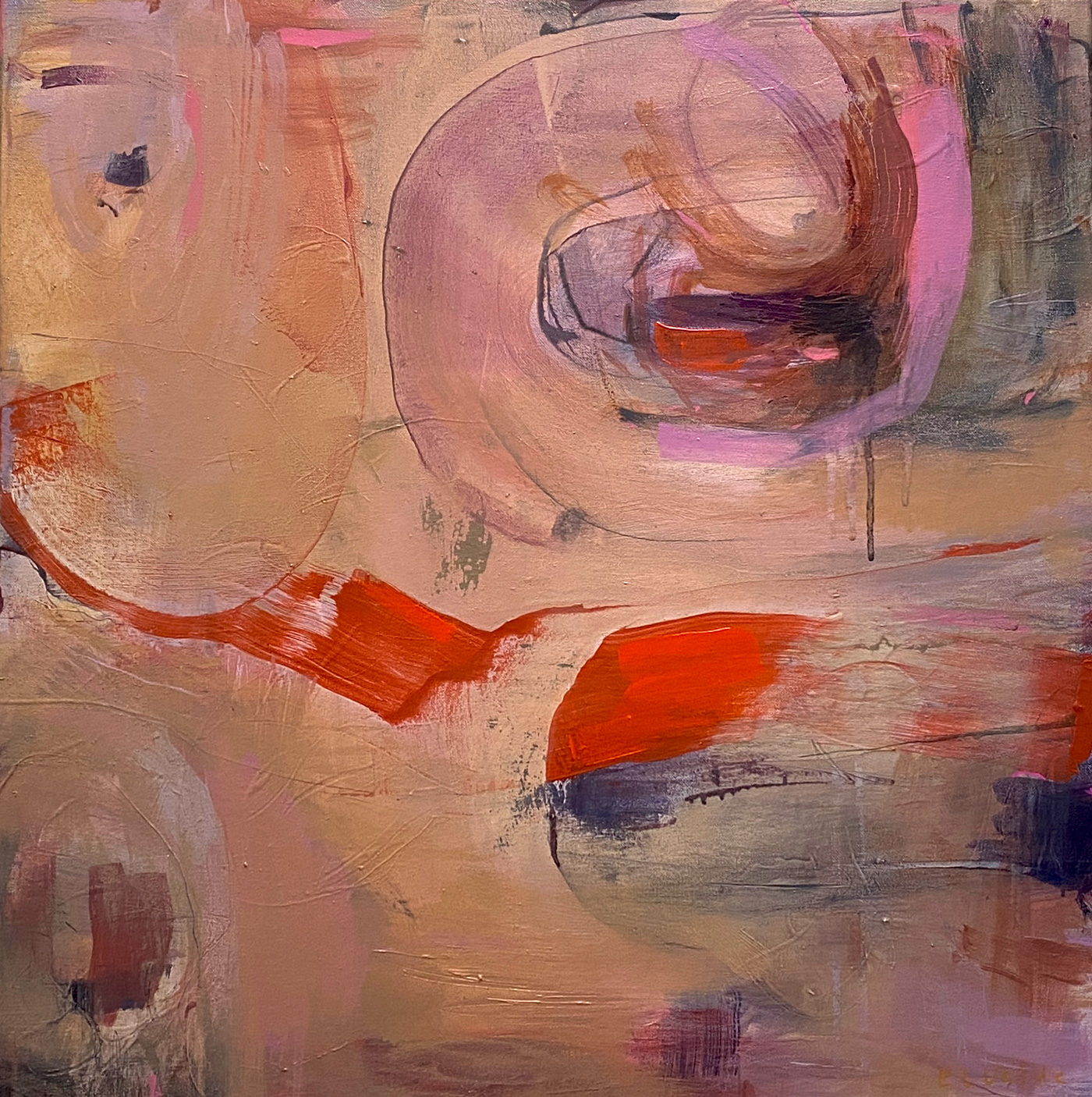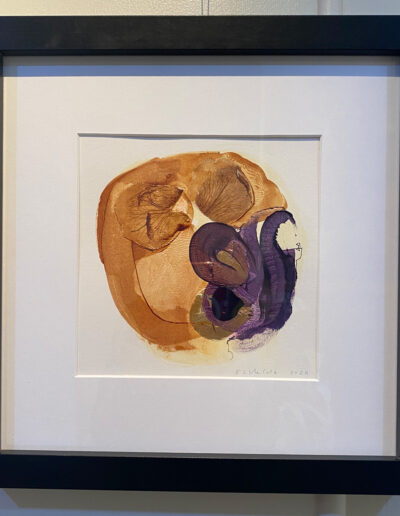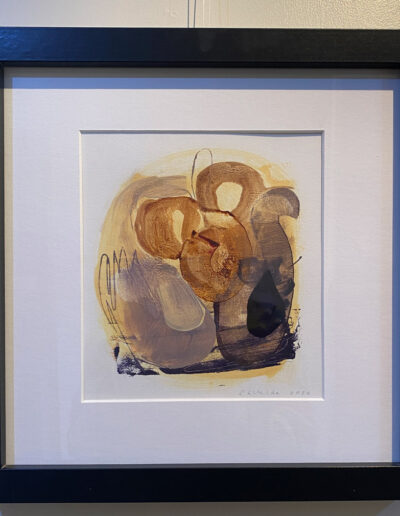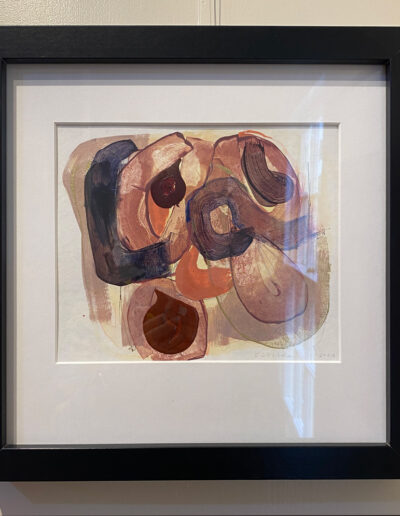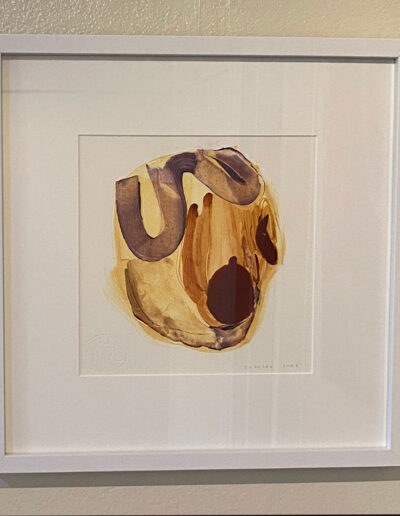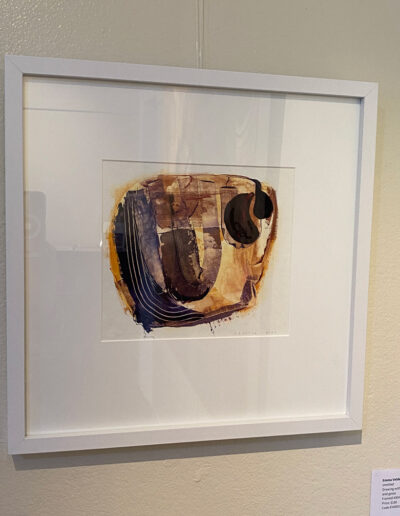Here in yesterday I see you bloom

Tenderly perishing

You’re just like a dream
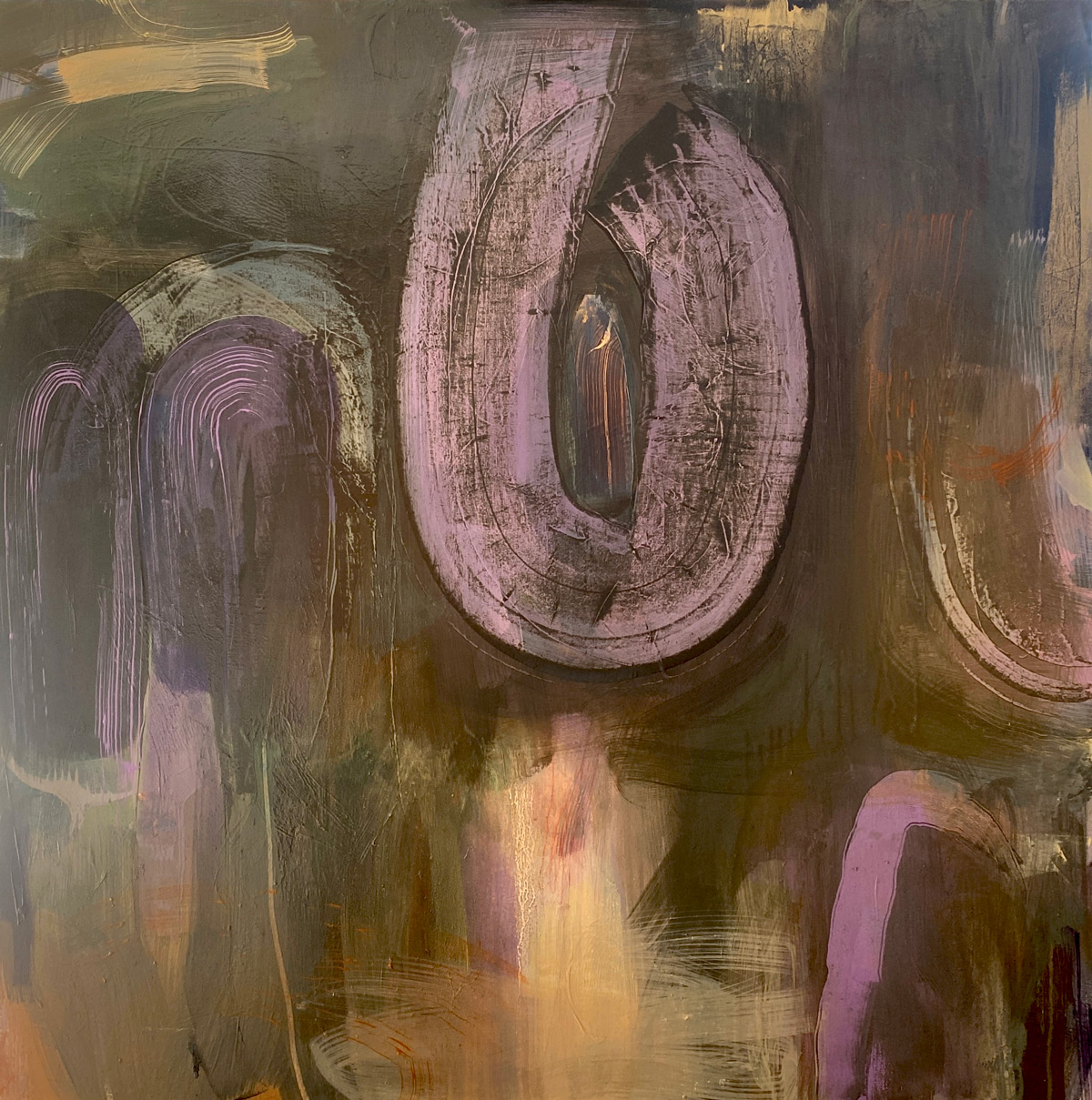
Dancing in the deepest oceans
So wonderfully wonderfully pretty
This series is influenced by Margaret Stoddart’s historical botanical art, drawing specifically from her renowned rose paintings.
While researching Margaret Stoddart there were times I felt like a honeybee, not sure where to settle, on the flowers.. or in the landscape? Although familiar with Stoddart’s legacy, my love affair with her flowers started in early 2023 at the Christchurch Art Gallery Te Puna o Waiwhetu. While my son attended a weekly art class I would linger around ‘Anna Ollivier Roses’, on display in the permanent collection.
I couldn’t get enough of walking into the watercolour; how proximity brought increasing uncertainty to what I saw. It was like trying to preserve a memory or dream: the closer you thought you were getting, the more it slipped away. This exploration of ‘slippage’—the way closer inspection reveals the abstract nature of forms—became the foundation of the work.
It was hard not to like having roses in the studio (actual flowers and Margaret’s reproductions). They were an indulgent reminder of girlhood—quilt patterns, the smell of a favourite aunt’s house, a teenager receiving a cellophane-encased single rose. But while fresh-cut roses were lovely, dying ones were even better. These were no longer fragile, passive pretty things, but enduring and resilient even in death.
The process of senescence in a cut flower, where the cells deteriorate and lose function over time became a kind of infatuation; the carnal, bloom and decay story took hold and the works distilled (via collage, drawing and computer studies) into petal-like shapes. Concurrently, reducing groupings of Stoddart’s works into digital blocks of Gaussian blurs produced a Margaret-inspired colour palette.
If putting paint onto these canvases were straightforwardly cumulative, I’d probably find the process a bit less heartbreaking. These works have seen much of the paint scraped away. This ‘application of impermanence’ means pretty is vanquished more often than not. It’s a bit like controlled uncertainty, or is it uncontrolled certainty? Controlled or not, this physical action of paint on, paint off, decides the painting in a way that no amount of looking and planning can.
Notions of memory, persistence, and decay were concepts considered during the creation of these works. Likening the petal-like forms to engrams: some persist fully formed, while others fade. Engrams are the physical and functional foundations of memory in the brain. While they tend to stay stable over time, they aren’t fixed—they can be changed or updated as new experiences blend with existing memories.
As I approach mid-life, I’m confronted with my own tenuous hold on memories that pre-date the easily referenceable digital archive; the jumble of, “where was I / when was that?” This often frustrating yet delightful fluidity of recollection may just die with my generation. I’d mourn this loss, so unlike our digital phone ‘memories’, which claim our attention with perfect clarity and recall. Being yesterday’s gardener has been a privilege.

